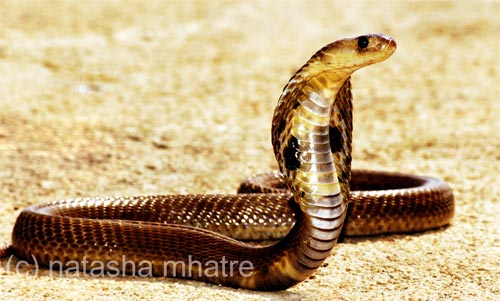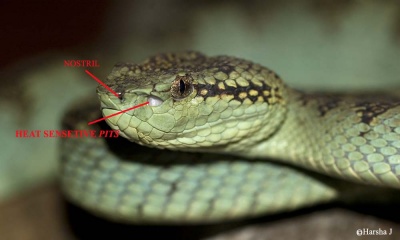3. Page549 Line 13
ਬਾਘ ਬੁਕਾਰ ਫਨੀਨ ਫੁਕਾਰ ਸੁ ਸੀਸ ਗਿਰੋ ਪਰ ਸੀ ਨ ਕਹੋਂਗੀ ॥
Baagh bukaar phaneen phukaar su sees giro par sina kahon-gee||
”If the tigers and serpents fall on my head, even then I shall not utter ‘oh’ or ‘alas’.
from Dasam Granth
Modern Punjabi n. bagh. M; sher. M;
http://www.ijunoon.com/
ਬਾਘ ਬੁਕਾਰ ਫਨੀਨ ਫੁਕਾਰ ਸੁ ਸੀਸ ਗਿਰੋ ਪਰ ਸੀ ਨ ਕਹੋਂਗੀ ॥
Baagh bukaar phaneen phukaar su sees giro par sina kahon-gee||
”If the tigers and serpents fall on my head, even then I shall not utter ‘oh’ or ‘alas’.
from Dasam Granth
Modern Punjabi n. bagh. M; sher. M;
http://www.ijunoon.com/
Last edited by a moderator:






